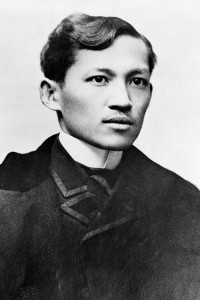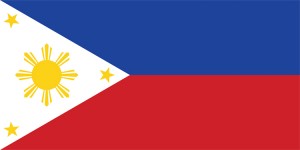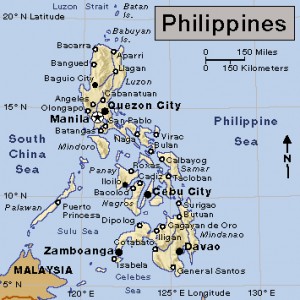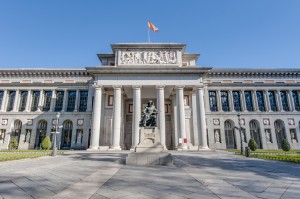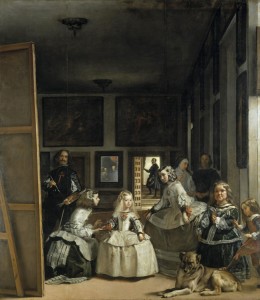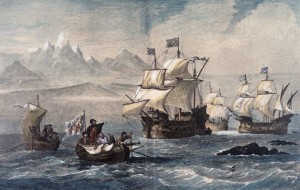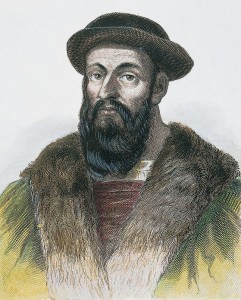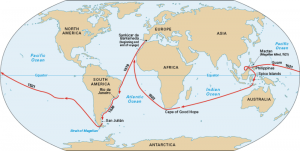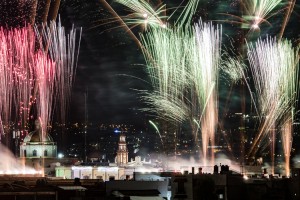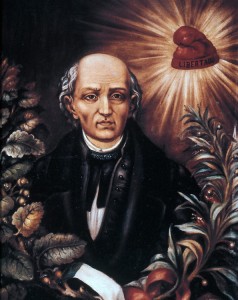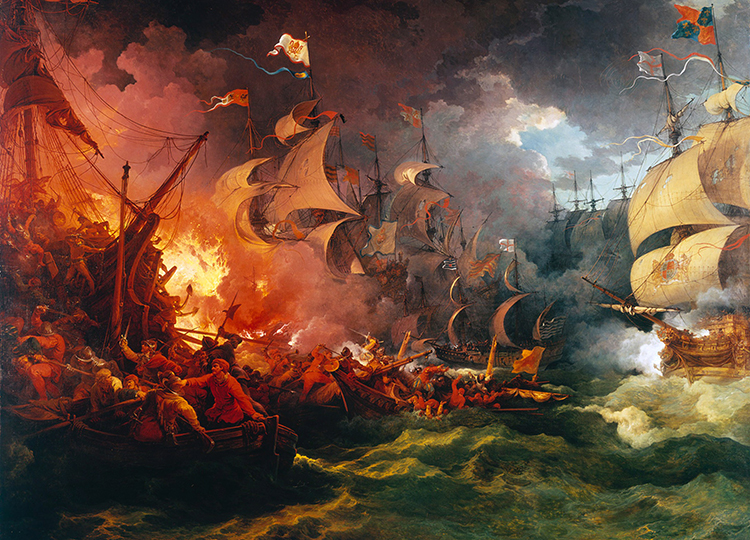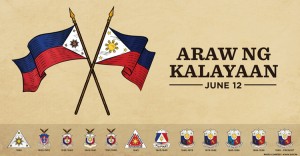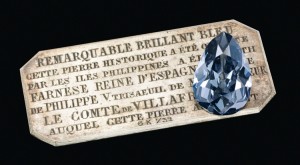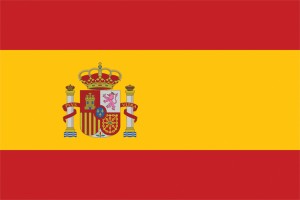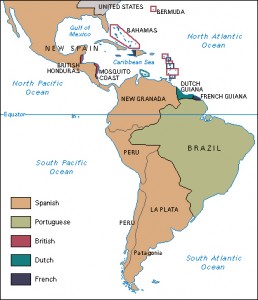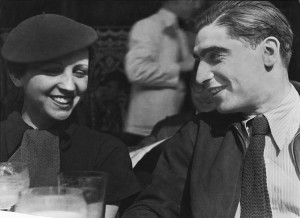Spain Wins First Women’s World Cup
Monday, August 21st, 2023
Spanish star Olga Carmona scored the only goal in the 2023 Women’s World Cup Championship Game on August 20 at Stadium Australia in Sydney. Spain defeated England 1-0.
Credit: © Chris Putnam, ZUMA Press/Alamy Images
For the first time in history, Spain’s women’s national football team won the FIFA Women’s World Cup. Soccer is called football or association football in much of the world. In a dramatic tournament full of firsts, Spain, ranked number 6 in the tournament, is taking home the trophy. On Sunday, August 20th, England and Spain played in Sydney, Australia, with Spain’s La Roja beating the Lionesses 1 to 0. Spain defeated Sweden 2 to 1 in the semifinals on Tuesday, August 15th. England defeated Australia, the host team, 3 to 1 the following day. The championship match marked the first time either team made it to the final game of the World Cup.
The England Lionesses lost several players due to injury, and one player, Lauren James, was suspended from two games after stepping on the back of a Nigerian player in a match last week. Despite this grim outlook, the team had their eyes on the trophy. Goalkeeper Mary Earps kept England afloat in the final match, but in the end, Spain’s offense bested the team. England wasn’t the only upset in the tournament, as the United States Women’s National Team lost to Sweden in round 16 after winning the last two World Cup tournaments.
La Roja has overcome many obstacles in the last year, surprising many with the World Cup title. In October, players complained about the team’s leadership under coach Jorge Vilda. Many of the players refused to play until changes were made, sitting out their country’s first World Cup match. Spain joins Germany, Japan, Norway, and the United States as the only Women’s World Cup winners since the tournament began in 1991.
In the first half, Spain’s Olga Carmona, a 23-year-old left-back for Real Madrid, scored the only goal of the game. After the game, Carmona discovered her father had passed away a few days before the match. Carmona’s goal in the 19th minute of the game allowed Spain to play confidently, controlling the ball with momentum for the rest of the game. Spain possessed the ball for more of the game and made more attempts on goal and shots on target.
In the second half, England’s playmaker Lauren James began playing after sitting out the first half. Play picked up for England, but La Roja still controlled the game. England’s goalkeeper Mary Earps saved a penalty shot from Spain’s Jennifer Hermoso. While England fought to the last minute, Carmona’s first-half goal remained the only score.
Spain’s Aitana Bonmatí earned the Golden Ball, a trophy presented to the best soccer player in the World Cup finals. Bonmatí, a 25-year-old midfielder, started all seven matches for Spain, scoring three times and supporting teammates with two assists. Earps won the Golden Glove for the tournament as the best goalkeeper in women’s soccer. Spain’s Salma Paralluelo, a 19-year-old left winger, was named Young Player of the Tournament. Japan’s Hinata Miyazawa won the Golden Boot after scoring five goals in the tournament.

